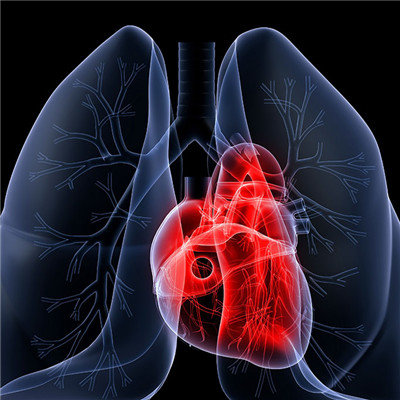What symptom is haemorrhagic fever
summary
Hemorrhagic fever is a blood disease, and now the prevalence rate is rising, many adults will suffer, and share with you the symptoms of hemorrhagic fever.
What symptom is haemorrhagic fever
Symptom 1: the main manifestations of fever are infectious viremia and systemic capillary damage. Acute onset, fever (38 ℃ - 40 ℃), three pain (headache, low back pain, orbital pain) and nausea, vomiting, chest tightness, abdominal pain, diarrhea, general joint pain and other symptoms, skin and mucous membrane three red (face, neck and upper chest red), conjunctival congestion, severe cases like drunken appearance. Bleeding spots or ecchymosis of different sizes, or strip like and scratch like bleeding spots appeared in oral mucosa, chest back and armpit.
Symptom 2: hypotension shock stage is mainly manifested as hemorrhagic hypovolemic shock, which occurs on the 4th to 6th day of fever, when body temperature begins to drop or soon after fever abates. Patients with hypotension, severe people will appear syncope and shock phenomenon.
Symptom 3: the damage of renal tissue in polyuria is gradually repaired, but the renal tubular resorption function has not fully recovered, resulting in a significant increase in urine volume. Most of them were on the 8th to 12th day, lasting for 7 to 14 days. The urine volume was about 4000 to 6000 ml per day, which easily caused dehydration and electrolyte disorder.
matters needing attention
People with hemorrhagic fever should not donate blood, and pay attention to bed rest, do not eat some stimulating food, strengthen nutrition, high protein, high sugar, multi vitamin diet. Pay attention to rest, generally take 1-3 months or so, should gradually increase the amount of activity, more serious patients will have to extend the exercise time, increase the amount of exercise below.














